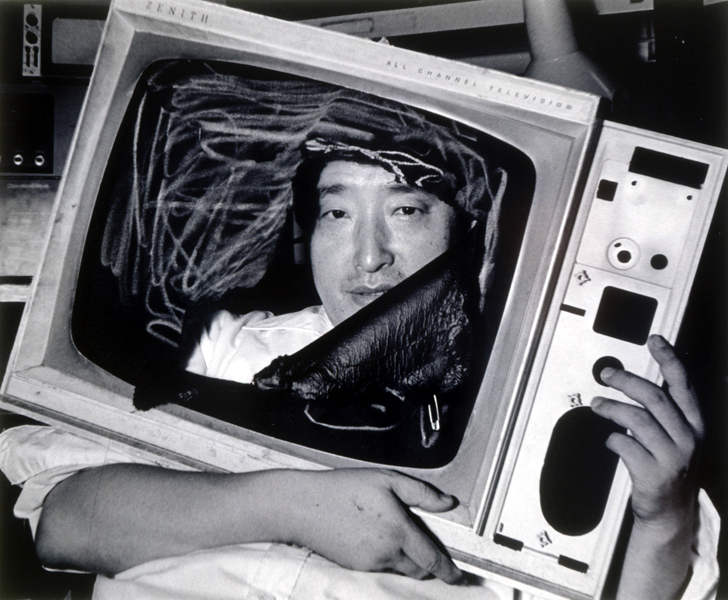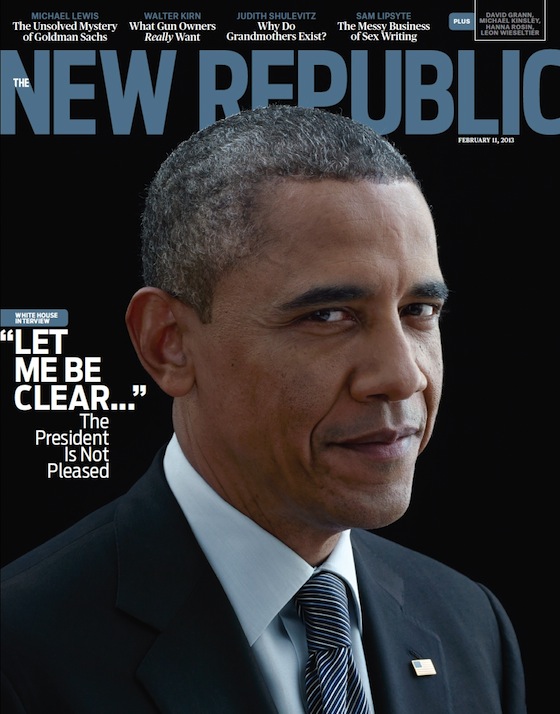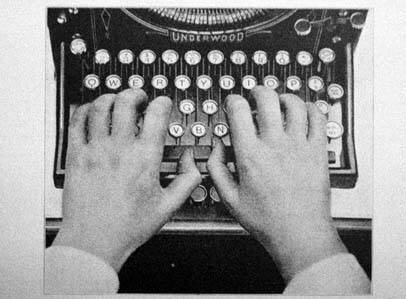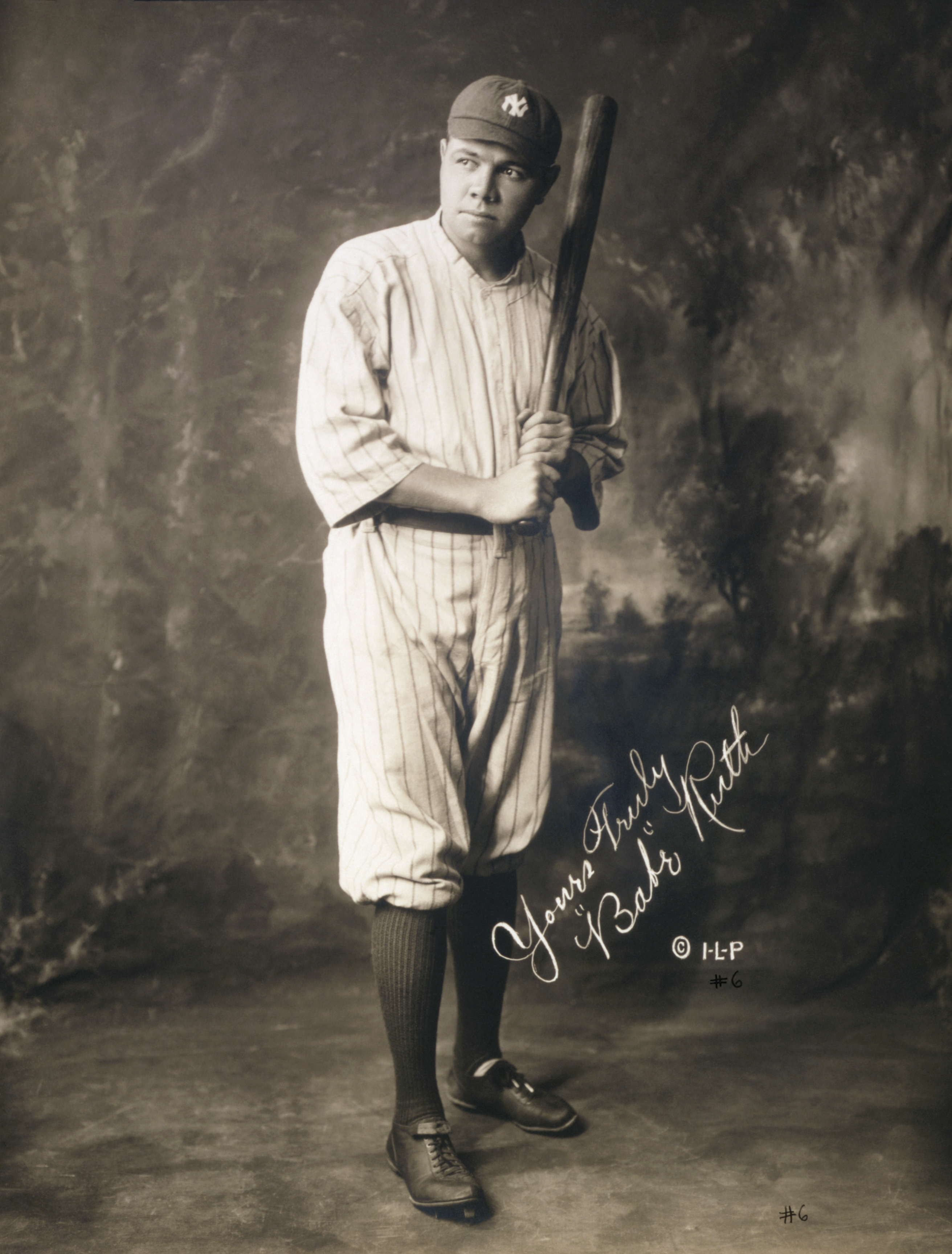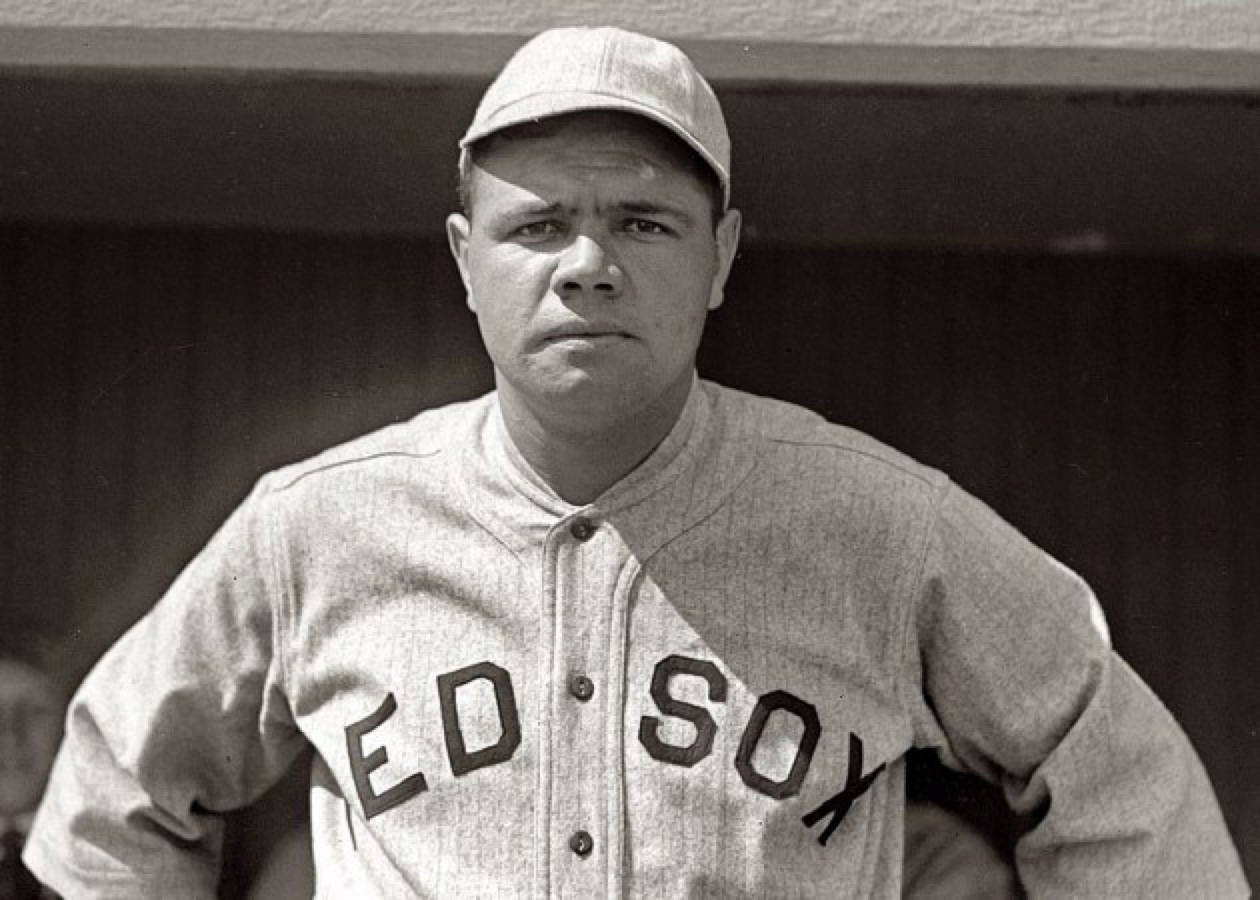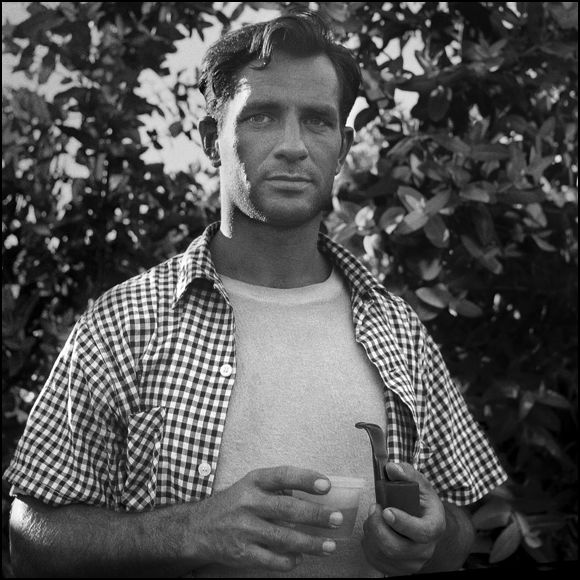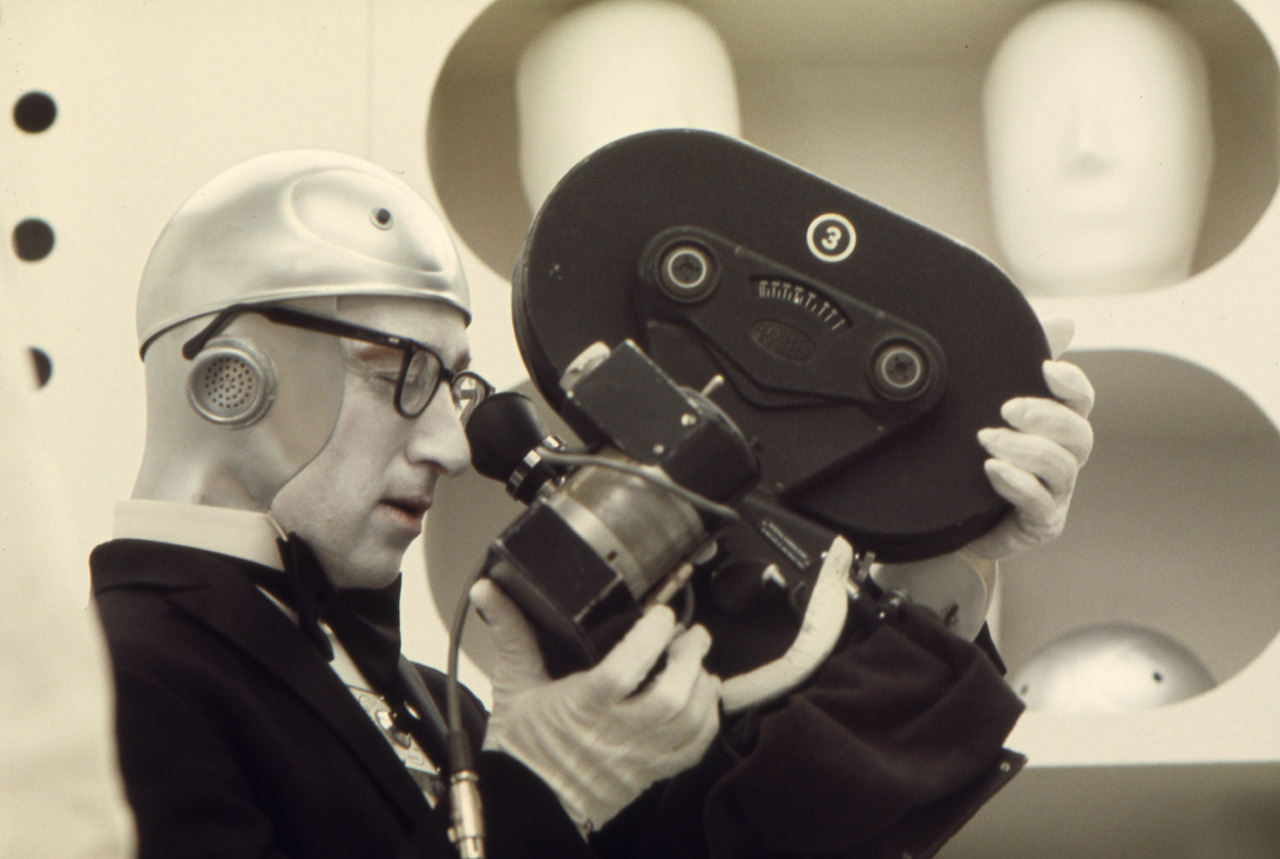We know so little about the tools we depend on every day. When I was a child, I was surprised that no one expected me to learn how to build a TV even though I watched a TV. But, no, I was just expected to process the surface of the box’s form and function, not to understand the inner workings. Throughout life, we use analogies and signs and symbols to make sense of things we constantly consume but don’t truly understand. Our processing of these basics is not unlike a computer’s process. Marvin Minsky wrote brilliantly on this topic in an Afterword of a 1984 Vernor Vinge novel. An excerpt:
“Let’s return to the question about how much a simulated life inside a world inside a machine could resemble our real life ‘out here.’ My answer, as you know by now, is that it could be very much the same––since we, ourselves, already exist as processes imprisoned in machines inside machines! Our mental worlds are already filled with wondrous, magical, symbol–signs, which add to every thing we ‘see’ its ‘meaning’ and ‘significance.’ In fact, all educated people have already learned how different are our mental worlds than the ‘real worlds’ that our scientists know.
Consider the table in your dining room; your conscious mind sees it as having familiar functions, forms, and purposes. A table is ‘a thing to put things on.’ However, our science tells us that this is only in the mind; the only thing that’s ‘really there’ is a society of countless molecules. That table seems to hold its shape only because some of those molecules are constrained to vibrate near one another, because of certain properties of force-fields that keep them from pursuing independent trajectories. Similarly, when you hear a spoken word, your mind attributes sense and meaning to that sound––whereas, in physics, the word is merely a fluctuating pressure on your ear, caused by the collisions of myriads of molecules of air––that is, of particles whose distances are so much less constrained.
And so––let’s face it now, once and for all: each one of us already has experienced what it is like to be simulated by a computer!”

